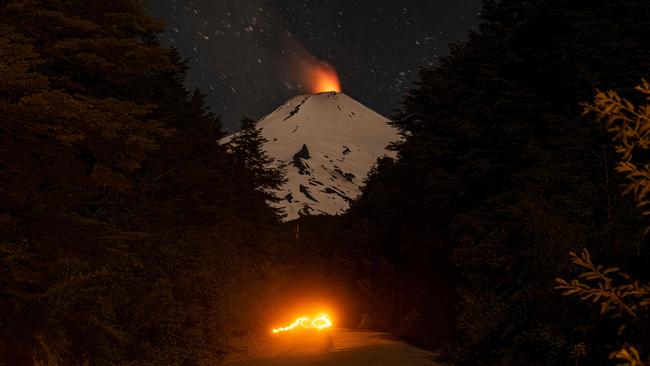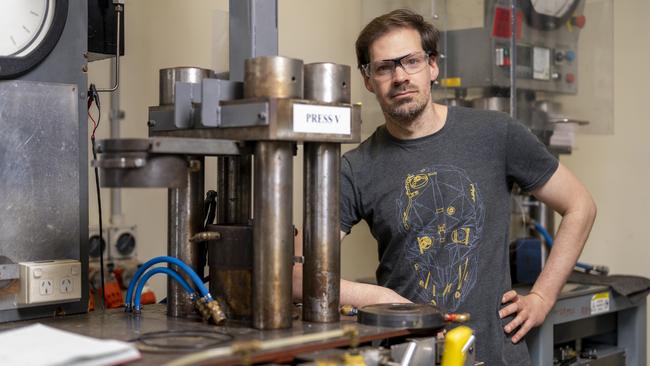Green energy metals buried at the core of dormant volcanoes, study shows
Dead volcanoes sitting atop iron-rich magma reserves may be key to dethroning China’s stranglehold on rare earth metal mining.

Some of the most globally lucrative metals may lie at the heart of dead volcanoes, an Australian study has shown, opening up a potential new mining frontier.
Research from the Australian National University has found rare earth metals, key to advanced batteries, magnets and electronics, are over a hundred times more prevalent in the magma of iron-rich volcanoes than is geologically standard.
Rare earth elements known as lanthanides are used in wind turbines, missiles, magnetic rail, smartphones and electric vehicles.
While abundant, they are not commonly found in quantities dense enough to be mined. China sits atop the largest mineable deposits globally, leaving it the de facto market leader.
Australia ranks fourth globally in mining supply, with two operations in NT and WA.
Demand for rare earth elements has skyrocketed with the rise of renewable energy technologies following the Biden administration’s clean energy push, and locally through the Albanese government’s Future Made in Australia and net zero transition.
ANU research fellow Michael Anenburg was key to the study as a geochemical researcher.

“Volcanoes are all chemistry,” Dr Anenburg said. “So I make lava for a living.”
Rare earth metals are seemingly more prevalent in volcanoes because magma is able to consolidate singular particles of an element together, allowing them to form in mineable quantities within an iron oxide compound called magnetite.
“A rock doesn’t go anywhere, it just stays there. But once you melt things, and you have flowing magmas and superheated water, this can move elements around from one place to another, it can also concentrate them,” Dr Anenburg said.
“When this magma forms it scoops up all the elements from the other non-iron rich magma, and it gets to an enrichment level almost 200 times higher than a regular magma.
“(Iron rich volcanoes) are not very common, we’re saying that they’re extinct, but they’re not extinct because you can’t have them anymore - they’re extinct because they’re so rare. We have never seen one erupting.”

The study was conducted by simulating volcanic eruptions in a lab, heating volcanic rocks in a pressure furnace to determine their composition.
While there are no known iron-rich volcanoes in Australia, Dr Anenburg said Olympic Dam in South Australia could be a potential source of magma rich in rare earth elements. He also suggested volcanoes were a strong investment for Australian rare earth mining companies, given many were already used for iron extraction, providing an established infrastructure framework.
“A lot of them are already mined. There is already a hole in the ground,” he said. “Then the environment wins, because we don’t need to dig a new hole.”
“By opening new places where it could potentially be mined, you’re making it easier to find places that are not environmentally sensitive.”
Despite its application in green energy technology, rare earth metal mining can be incredibly environmentally taxing, expelling 2,000 tons of toxic waste for every ton of metal produced.
A study by the European Commission found that same quantity produced 13kg of dust, over 10,000 cubic metres of waste gas, 75 cubic metres of wastewater, and one ton of radioactive residue.
The research was published in Geochemical Perspectives Letters in collaboration with Shengchao Yan from the University of the Chinese Academy of Sciences.


To join the conversation, please log in. Don't have an account? Register
Join the conversation, you are commenting as Logout